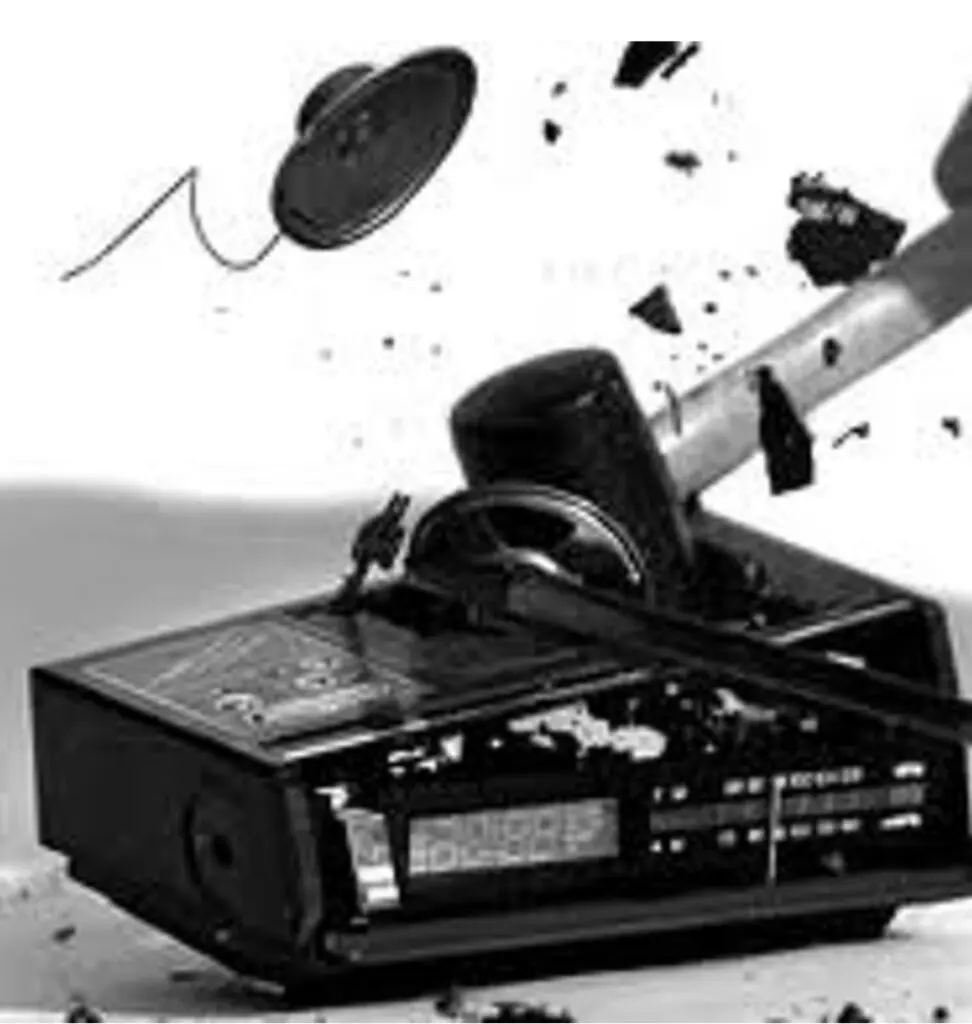The Weekly Reflektion 44/2023
Many companies and organisations talk about the 1, 2, 3 of taking control of disasters and organising a response to an emergency. The three steps are: assess your needs, create a plan, and engage your support network. In industry these emergency situations are often described in an emergency response analysis and the plans are pre-determined in the emergency response procedures. Training and exercises are organised to help prepare the emergency response teams and identify improvement areas. Following each exercise actions are agreed and documented in the emergency response management system. Sometimes however things do not always go to plan.

Do you carry our realistic training and exercises for your emergency response?
A few, alright many, years ago, I had my first supervisor position on an offshore installation. The position had a role in the emergency response team, and I had to be trained and certified before I could take up the position. I attended an emergency response course where there was a focus on both theory and practical training, including exercises. One of the exercises was a scenario where several people were trapped under heavy equipment after a lifting strop had parted and a container had fallen 5 meters. The focus was the organisation of lifting equipment to be able to pull the people out from the fallen equipment to be able to administer life saving first aid, and the transport of the injured people to shore.
The exercise was initiated with an alarm activated by a MAC (manually activated call point) and the emergency teams initially went to their designated muster points. The on-sitecommander quickly reached the accident site and decided that the (IRT) Immediate Response Team should come directly to the accident site with a ‘crash kit’ to start the work to rescue the trapped persons. Unfortunately, his radio was not working, and he turned to one of the observers, who had organised the exercise, and told him in no uncertain terms what he thought of their communication equipment. He suggested the exercise should be halted so that he could get a radio that was workingand then started again. The observer asked him, ‘What would you have done if it was a real situation?’ The onsite commander assured him that the radios on his platform were always fully charged and worked perfectly. The observer then asked him, ‘What would you do if the radio you had, for whatever reason, did not work?’ The on-site commander said that he would have to improvise and find an alternative way of contacting the IRT. He was told very clearly, ‘Then you had better improvise now, because the people under that equipment will be dead soon.’
The purpose of emergency response exercises is to get it right each time. Getting it right in exercises increases the likelihood of getting it right when the ¤#/& hits the fan. Making the exercise realistic and encouraging people to carry out their roles as if life did depend on their actions is an important factor in preparing people for the day that we never want to come. We cannot afford to have people with one mind set in exercises and another mind set when it’s real. There are obvious differences between exercises and real incidents, for example feeling the heat from the fire and listening to the cries for help from injured people. With well thought out scenarios and well organised exercises we can still give people realistic and meaningful training and give them every chance to succeed when their time comes.
